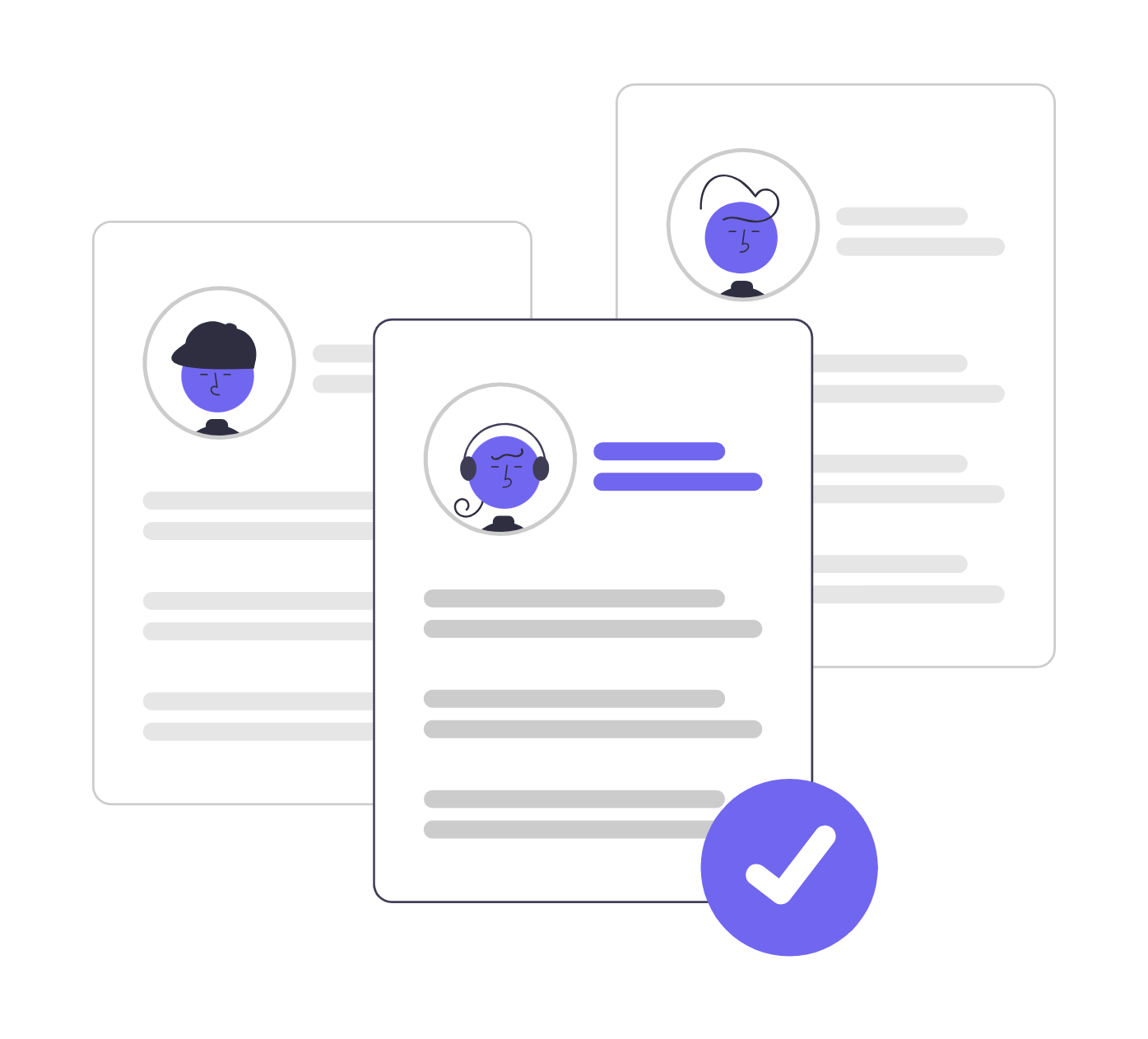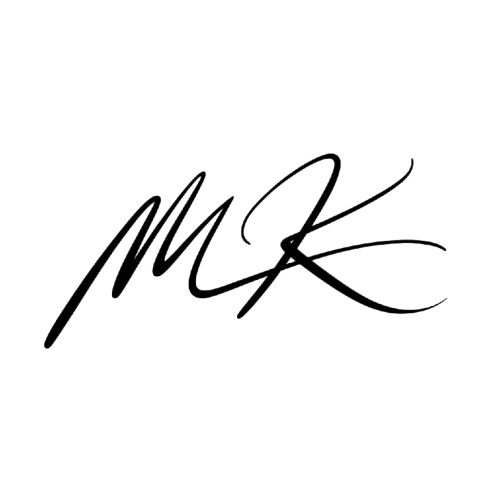Share
When planning a commercial space—whether it’s an office, a retail store, or a medical clinic—many business owners consider doing the design themselves to save money. But what often seems like a cost-cutting decision up front can quickly turn into a time-consuming, budget-draining, and reputation-damaging experience.
Interior design isn’t just about making a space look good. In the business world, it’s a strategic tool that shapes employee productivity, brand perception, and long-term operational efficiency. If you’re on the fence about whether hiring a professional designer is worth it, here’s what you need to know.
1. The Hidden Costs of DIY Interior Design (That Nobody Tells You About)
At first glance, skipping the designer fee may seem like a smart financial move. But DIY design comes with hidden expenses that can snowball fast. Misjudging material quality, misusing space, or choosing an awkward layout can lead to expensive corrections. Worse, failing to comply with building codes or ADA regulations could result in fines, legal trouble, or halted operations.
Business owners who go it alone often underestimate the time investment required. Hours spent comparing vendors, coordinating deliveries, or learning compliance standards pull focus away from business operations—and time lost is revenue lost.
Workscreen Eliminates low-effort applicants—including those who use AI Tools to apply, copy-paste answers, or rely on "one-click apply." This way, you focus only on genuine, committed, and high-quality candidates—helping you avoid costly hiring mistakes.

2. How Professional Designers Save You Money Without Sacrificing Quality
Professional interior designers don’t just make your space attractive—they make your investment go further. With access to trade-only vendors and discounted materials, they secure higher-quality furnishings for less. They also know how to prioritize spending: what to splurge on for long-term impact and where to save without hurting performance or aesthetics.
By avoiding mistakes and managing timelines, they protect your budget from surprises. Their experience helps anticipate delays and plan accordingly, keeping the project on track and on budget.
3. From Space to Strategy: Why Layout Planning Matters More Than You Think
Every square foot in your commercial space should serve a purpose. Designers are trained to assess workflows, team dynamics, and customer experience when planning layouts. This means better traffic flow in retail environments, improved collaboration zones in offices, and more comfort in waiting areas.
They also think ahead. Designers account for potential growth, ensuring your space is adaptable without requiring major overhauls down the line. In contrast, DIY layouts often prioritize appearance without considering function—leading to inefficiencies and frustration later.
Easily administer one-click skill tests with Workscreen-This way you can assess candidates based on real-world ability—not just credentials like résumés and past experience. This helps you hire more confidently and holistically.

4. First Impressions Matter: Design as a Business Development Tool
Your physical space speaks volumes before you ever say a word. A visitor’s first impression—whether a client, candidate, or investor—starts the moment they step inside. Does the space feel cohesive? Professional? Aligned with your brand?
A well-designed space instills trust and confidence. Designers help businesses translate their brand identity into physical environments, from color choices to furniture to layout. This alignment builds credibility and helps differentiate you in a crowded market.
5. The Compliance Trap: Don’t Risk Fines, Lawsuits, or Bad Press
Designing a commercial space isn’t just about aesthetics—it involves navigating a maze of regulations. Fire safety standards, ADA accessibility, building codes—all must be followed to the letter.
Professional interior designers are trained to factor these elements into their plans from the start. They ensure the design is legally compliant and safe for everyone who uses the space. Overlooking just one of these requirements in a DIY effort could result in costly consequences or serious liability.
6. Designers Aren’t Just Decorators—They’re Project Managers
A common misconception is that designers only deal with color swatches and furniture styles. In reality, they’re also expert coordinators. They manage timelines, source materials, liaise with contractors, and monitor every phase of the buildout or renovation.
Instead of juggling multiple vendors yourself—and hoping it all aligns—you benefit from a single point of accountability. Designers help projects stay organized, efficient, and far less stressful.
7. Boosting Employee Morale and Retention Through Better Design
A well-designed workplace isn’t just nice to look at—it’s essential to staff satisfaction and performance. Natural light, ergonomic furniture, noise control, and thoughtful zoning all contribute to a more productive, happier workforce.
When employees feel comfortable and proud of their environment, they tend to stay longer, collaborate better, and perform at higher levels. Great design improves not just how your space looks—but how your team works within it.
8. Future-Proof Your Space with Growth-Ready Design
One of the most underrated benefits of working with a designer is their ability to think ahead. They design with flexibility in mind, creating spaces that can evolve with your business.
Need to expand your team next year? Shift to hybrid work? Add customer-facing zones? Designers build in the infrastructure to accommodate these changes, so you’re not stuck redoing everything from scratch when your business grows.
Conclusion: Design Isn’t an Expense—It’s a Strategic Advantage
Hiring a commercial interior designer isn’t just about looks—it’s about creating a space that works hard for your business. From brand expression and team productivity to compliance and cost savings, designers deliver value far beyond aesthetics.
In today’s competitive market, your space needs to perform just as well as your products or services. A professional designer ensures it does. So if you’re still wondering whether hiring one is worth it—the answer is yes, and then some.
Quickly identify your most promising candidates. WorkScreen automatically evaluates, scores, and ranks applicants on a performance-based leaderboard—making it easy to spot top talent, save time, and make smarter, data-driven hiring decisions.

FAQ
A: Not at all. Interior designers work with businesses of all sizes—from small startups to large corporations. In fact, smaller businesses often benefit the most because designers help maximize limited space, avoid costly mistakes, and ensure every dollar is used wisely.
A: Costs vary based on the scope of the project, location, and the designer’s experience. However, many designers offer scalable pricing or phased packages. And with access to trade discounts and fewer design errors, the long-term savings often outweigh the initial investment.
A: Costs vary based on the scope of the project, location, and the designer’s experience. However, many designers offer scalable pricing or phased packages. And with access to trade discounts and fewer design errors, the long-term savings often outweigh the initial investment.
A: Look for someone with commercial experience, positive client testimonials, a portfolio that reflects your style, and a collaborative approach. It’s also wise to ask about their knowledge of compliance and project management.

